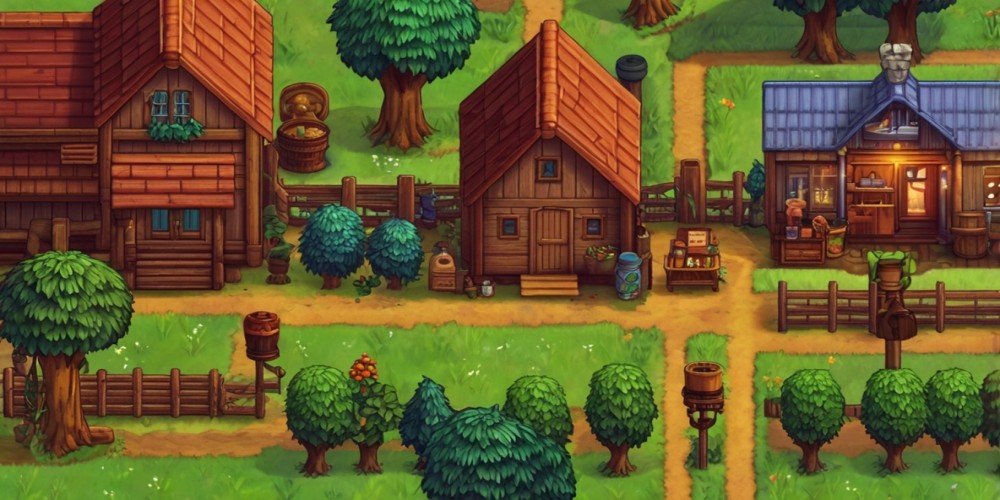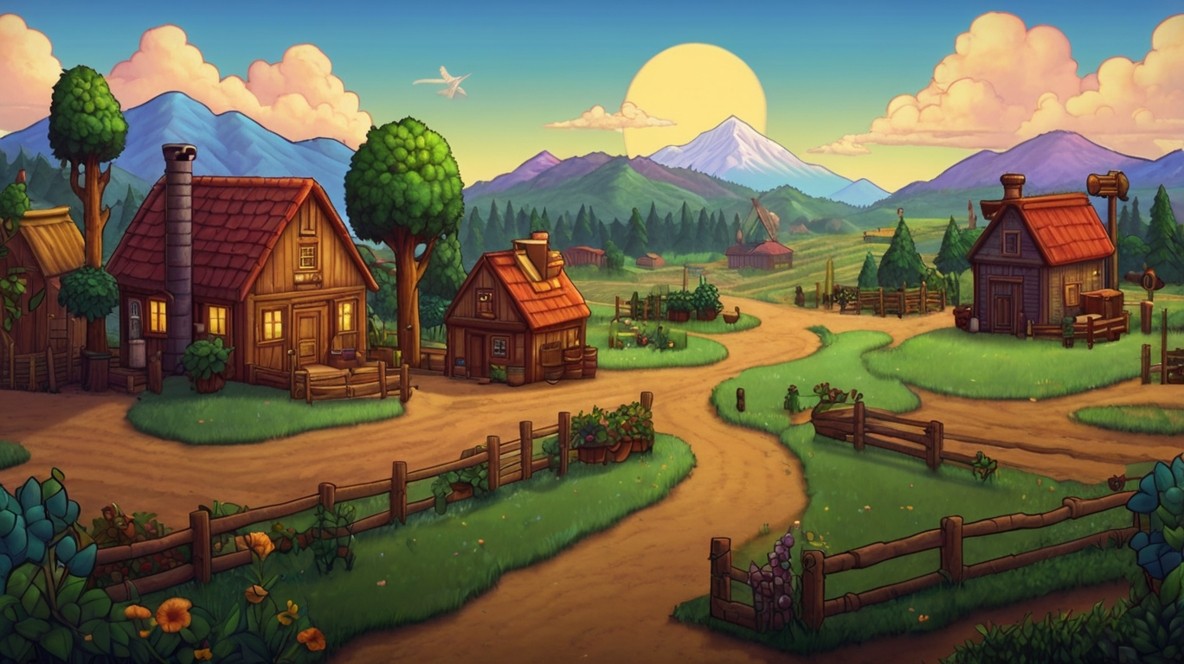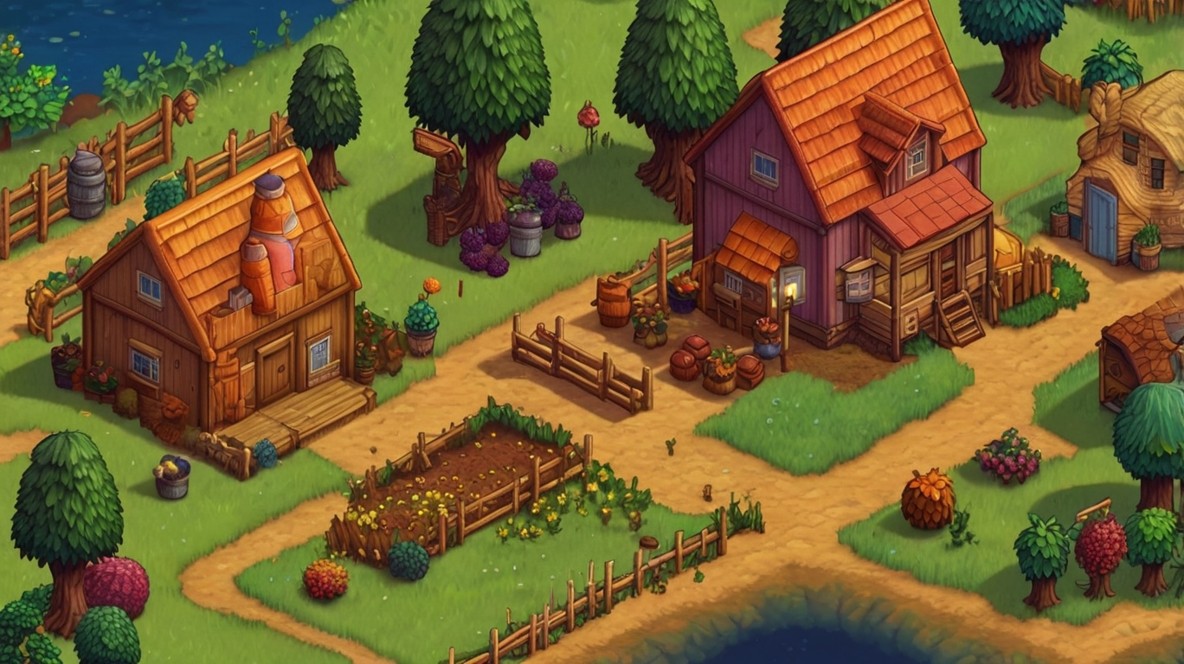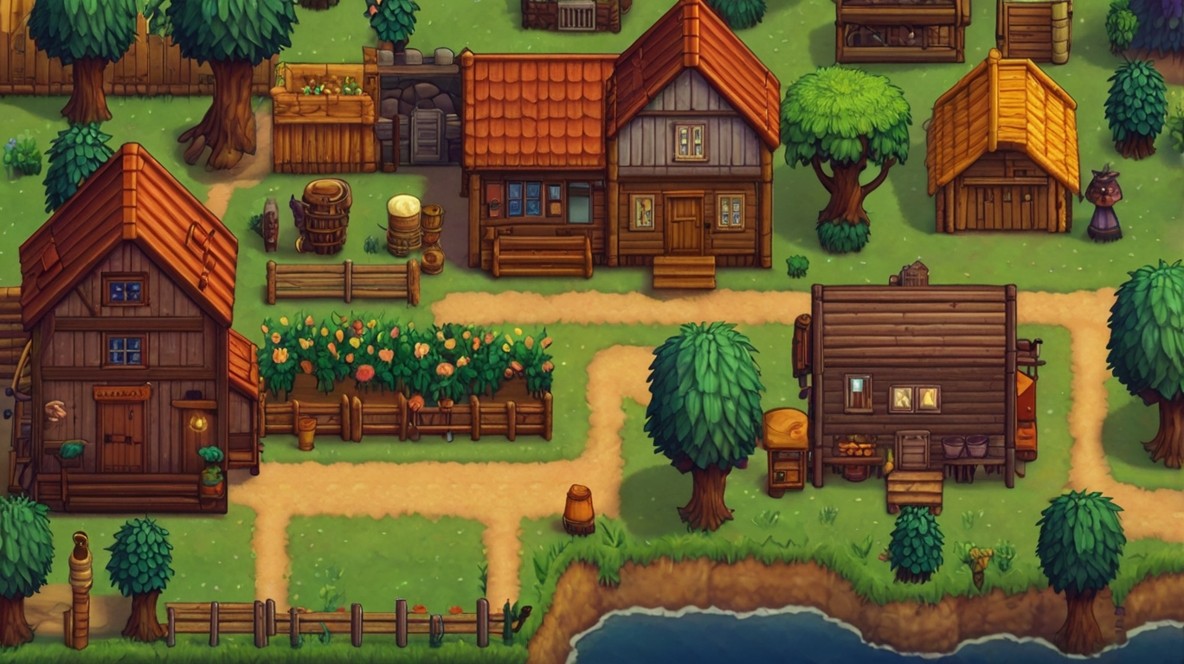Discover the Magic of Every Season in Stardew Valley
Oct-03-2024

Stardew Valley masterfully integrates the charm of its four distinct seasons—Spring, Summer, Fall, and Winter—to keep the gameplay vibrant and engaging. Each season not only changes the aesthetic of the game but also influences the availability of crops, fish, forageable items, and community activities. This detailed guide will walk you through the nuances of each season, ensuring you make the most out of your farming experience.
Spring: The Season of New Beginnings
Spring is the first season players encounter in Stardew Valley, characterized by blossoming flowers, green fields, and vibrant cherry trees. During this season, farmers can forage unique items like Spring Onions in Cindersap Forest, south of Leah's cottage. Additionally, Salmonberry season from Spring 15 to 18 provides a significant opportunity to collect and sell berries.
The season also brings several key festivals that enhance the gaming experience. On Spring 13, the Egg Festival offers an exciting egg hunt, and players can walk away with a Straw Hat or a Prize Ticket. From Spring 15 to 17, the new Desert Festival, introduced in the 1.6 update, provides activities and entertainment in the Calico Desert. The Flower Dance on Spring 24 allows players to build relationships by asking singles to dance.
Spring Plantations: The First Harvest

Spring is a fertile season with a variety of crops that can turn a good profit. Parsnips and Tulips are affordable options from Pierre's Store, with Parsnips being particularly lucrative due to their quick growth and high yield. Coffee Beans are an excellent long-term investment as they not only yield during Spring but continue to produce into Summer.
Players can obtain Strawberry seeds at the Egg Festival for a steady profit throughout the season. Crafting spring seeds from foraged items like wild horseradish, daffodil, Leek, and Dandelion can also diversify the crops on your farm. The season also offers fishing opportunities with many available species, including the rare Legend fish, which requires level 10 fishing skills.
Summer: The Season of Heat and Activity
In Stardew Valley, Summer brings a slight aesthetic change with more yellowish grass and fluttering butterflies. This season unlocks the spa area, thanks to the earthquake on Summer 3, and features an Ice Cream stand, often manned by Alex. Summer activities are plentiful, drawing players to enjoy the warmth and sunshine on the beach.
The season hosts three major festivals: the Luau on Summer 11, where the community gathers for a potluck at the Beach, and the Dance of the Moonlight Jellies on Summer 28, a serene event observing jellyfish migration. The Trout Derby, introduced through the 1.6 update on Summer 20 and 21, offers unique prizes and enhances fishing skills. Players also experience a new event called Green Rain, where trees grow moss, used for creating Fertilizer and Moss Soup.
Summer Plantations: Heat Brings Rich Harvests

Summer is a season of high yield with several profitable crops. Farmers can continue harvesting Coffee Beans from Spring and plant new crops such as Corn, Hops, Peppers, and Blueberries, which offer continuous produce until they are out of season. Corn, in particular, remains useful as it continues to produce into the Fall.
Summer also brings the high-value Starfruit, one of the priciest crops. Foraging includes valuable items like Grapes, Spice Berry, and Sweet Pea, with Grapes being particularly useful for winemaking. During Summer fishing, players can catch unique fish, including Rainbow Trout, Octopus, Dorado, and the legendary Crimsonfish, adding excitement to their aquatic endeavors.
Fall: The Season of Bounty
Fall transforms Pelican Town with its beautiful orange and red foliage, offering a visually stunning environment. The falling leaves and serene music make it a perfect season for fans of cottage-core aesthetics. The season is marked by engaging festivals that bring the community together.
The Spirit's Eve Festival, celebrated on Fall 27, brings a Halloween-inspired spookiness. Additionally, the Stardew Valley Fair on Fall 16 features mini-games, collectible items, and a Grand Display competition where players showcase their most valuable items. The 1.6 update has further enriched the festival decor, including festive jack-o-lanterns.
Fall Plantations: Harvesting Rich Rewards

Fall is arguably the best season for farming in Stardew Valley with its high-value crops. Players can continue harvesting some Summer crops like Sunflowers, Wheat, and Corn. New additions like Sweet Gem Berry, which is among the game’s most expensive crops, along with Cranberries and Grapes, ensure continuous fruit production throughout the season.
Foraging during Fall offers benefits as well. Wild Plum, Hazelnut, and Blackberry are vital ingredients for various dishes, while Common Mushrooms can be found in abundance not just in the Farm Cave but around Pelican Town. Players should also make the most of Blackberry season from Fall 8 to Fall 11 for a bountiful harvest. The exclusive Fall fish include Salmon and the legendary Angler fish.
Winter: A Season of Reflection and Activity
Winter in Stardew Valley brings a serene white blanket of snow covering the farm. While crop growth is halted unless players have a repaired Greenhouse or access to Ginger Island, there are many other activities to keep them engaged. This season is great for foraging, fishing, mining, and enjoying community festivals.
The Festival of Ice on Winter 8 challenges the villagers in a fishing competition on the ice. The SquidFest, held on Winter 12 and 13, mirrors the Trout Derby with winter-specific fish challenges. The Night Market from Winter 15 to 17 offers unique collectibles and the opportunity to fish special species in a submarine. The Feast of the Winter Star on Winter 25 is Stardew Valley’s own Christmas celebration.
Winter Plantations: Foraging and Greenhouse Farming

Given the absence of outdoor planting, farmers need to get creative in Winter. The new update 1.6 introduced Powdermelon as a winter crop that grows in seven days and can be very profitable. Players should prioritize repairing their greenhouse to continue farming or exploring Ginger Island.
Winter Seeds, crafted from forageable items like Winter Root, Crystal Fruit, Snow Yam, Crocus, and Holly, can be sown. However, caution is advised as Holly is generally disliked by villagers. Fishing during Winter also remains fruitful with unique fish species like Glacierfish and Night Market exclusives like Midnight Squid, Spook Fish, and Blobfish, as well as other rare catches typically unavailable in Winter.
Each season in Stardew Valley brings its own charm and opportunities. By understanding the unique aspects of each season, players can effectively plan their activities to maximize their farm’s productivity, enjoy community events, and explore the multifaceted world that Stardew Valley offers. Whether planting crops, fishing, foraging, or celebrating festivals, each season provides a rich, immersive experience for players to enjoy.







